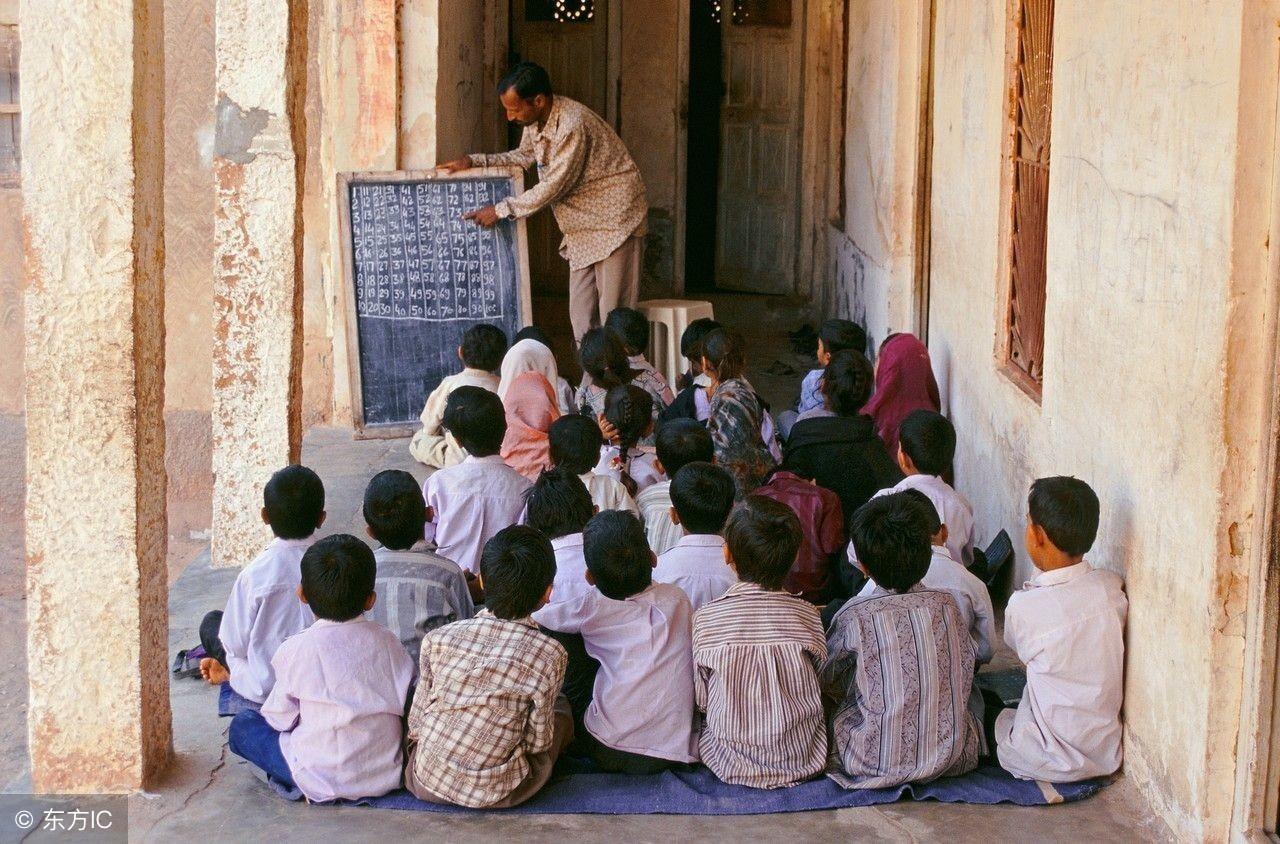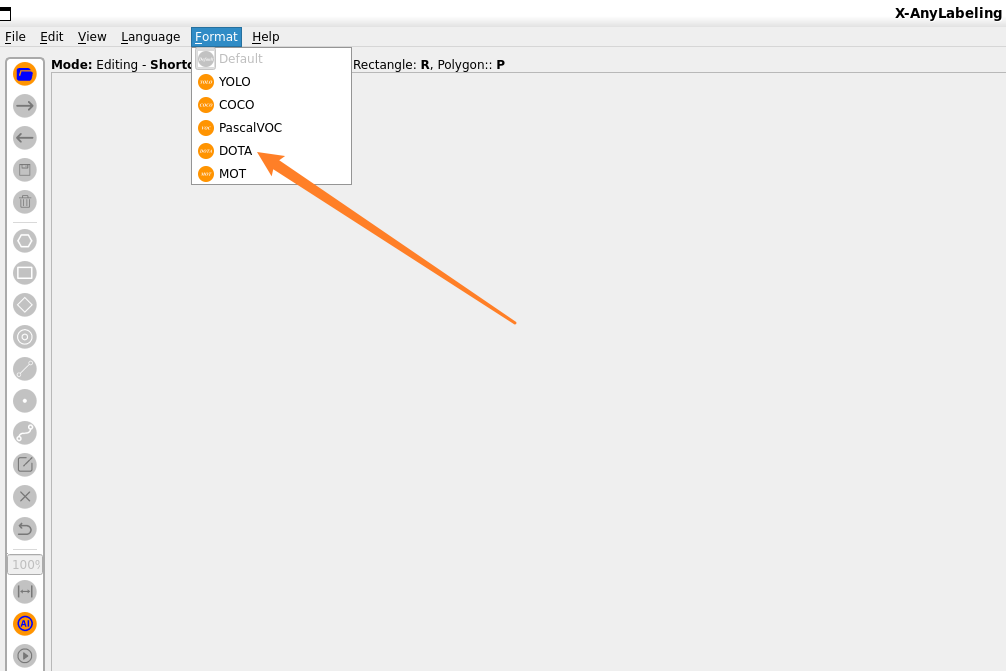India’s lucrative exam-cheating industry reflects a broken system
It is exam season in India, that anxious time of year when more than 10m students take the national tests required to complete secondary school — widely seen as the gateway to a brighter future. These highly competitive exams are supposed to be a fair, transparent method for awarding India’s 600,000 publicly funded university seats to the best and brightest. But recent years have seen a mounting outcry over a thriving exam-cheating industry, in which students, and their collaborators, seek to game the system.
现在是印度的考试季,这是一年中一个令人焦虑的时节,每年这个时候印度都有超过1000万学生参加中学毕业所要求的全国统考,这些考试被普遍认为是通往更光明未来的门户。这些竞争激烈的考试理应是一种公平、透明的方法,让最优秀最聪明的学生获得印度60万个由政府资助的大学名额。但近年来,一个兴旺的考试作弊行业引发了人们日益高涨的愤慨,该行业让考生和他们的合作者勾结起来钻教育体制的空子。

“I’m very, very worried about the impact this has on the moral fabric of children,” the head of KPMG’s Indian education practice, Narayanan Ramaswamy, told me. “The respect we have for the learned community and teachers will go down. We will not be able to trust when somebody says, ‘I am a graduate.’ Over time, we will have a society of mediocrity.”
“我非常、非常担心这一切给孩子们的道德观带来的影响,”毕马威(KPMG)印度教育业务负责人纳拉亚南•拉马斯瓦米(Narayanan Ramaswamy)对我说。“我们对知识界和教师的尊重将会打折扣。当某人说‘我是个大学生’时,我们将很难信服。随着时间推移,我们的社会将变得平庸。”
Cheating in college admissions, or accusations of it, is not new in India. Back in 1892, court records show, a student called Rakhal Dass Ghosh who wanted to take the University of Calcutta entrance exam was accused of forging his headmaster’s signature on his application.
在印度,高校入学舞弊,或指控有这种行为,都不是什么新鲜事。法庭记录显示,早在1892年,想要参加加尔各答大学(University of Calcutta)入学考试的一个名叫罗哈尔•达斯•高什(Rakhal Dass Ghosh)的学生,就被控在申请文书上伪造校长签名。
Colonial authorities claimed the registrar supervising the admission test knew the signature was a forgery but allowed him to take the exam anyway. While Ghosh was charged with cheating, judges cleared him of wrongdoing, noting that his main aim was to take the exam. We do not know whether Ghosh managed to secure his university place.
当时的殖民当局声称,监督入学考试的登记员知道签名是伪造的,但还是允许这名学生参加了考试。尽管高什被控作弊,但法官判他无罪,指出他的主要目的是参加考试。至于高什最终是否争取到大学入学资格,我们无从而知。
Today, cheating in parts of India — particularly the impoverished northern states of Uttar Pradesh and Bihar — has reached breathtaking audacity and scale, with complicit examiners paid to either turn a blind eye or in some cases more actively aid the students.
如今,作弊在印度部分地区——特别是在北部贫困的北方邦(Uttar Pradesh)和比哈尔邦(Bihar)——已经明目张胆、规模惊人,被收买的考官和作弊者串通一气,要么视而不见,要么有时还积极帮助考生作弊。
In 2015, men were photographed scaling the outer wall of a Bihar exam hall to hand cheat sheets to students inside. Question papers are also frequently leaked. Indian media have reported that in some test centres, examiners dictate the answers to the students. Weak students can even hire better-performing imposters to write the exam in their places.
2015年,有人拍到一些男子翻过比哈尔邦某个考场的外墙,向考场内的考生传递小抄。试卷也经常外泄。据印度媒体报道,在一些考试中心,考官竟然向考生口授答案。成绩差的学生甚至可以聘请成绩好的枪手替他们考试。
India’s “cheating mafia” — as those in the business are called — profit from the yawning gap between young Indians’ desire for the social status that comes with a secondary school completion certificate, and schools’ abysmal education quality.
印度的“作弊黑手党”(这一行当从业者的诨号)利用一个巨大鸿沟获利:一面是印度年轻人对中学毕业证书带来的社会地位的渴望,另一面是学校糟糕的教育质量。

“Your education system has not given the basic foundational skills needed to complete secondary school, but the pressure to pass the exam is very high,” said Yamini Aiyar, president of New Delhi’s Centre for Policy Research. “It’s the perfect cocktail for cheating.”
“教育体制并未传授给学生完成中学学业所需的基本技能,但通过考试的压力很大,”新德里政策研究中心(Centre for Policy Research)主席亚米尼•艾亚尔(Yamini Aiyar)称。“这为作弊提供了完美的组合条件。”
It is not just weak students who cheat. Given the cut-throat competition for places at good, affordable colleges — which require perfect or near perfect exam marks, Mr Ramaswamy said, “brilliant and bright students also copy”.
作弊的不仅仅是差生。由于好的、学费可承受的大学很难考取——这些大学要求完美或接近完美的考试成绩,拉马斯瓦米称,“优秀及聪明的学生也会效尤。”
Examiners (often teachers themselves) who facilitate cheating are not motivated purely by bribes. Their own performance evaluations tend to be based on their students’ pass rates, giving them other incentives to cheat.
为作弊提供便利的考官(往往是教师本身)的动机也不纯粹是受贿。他们自身的业绩评估往往基于其学生们的及格率,这给了他们额外的作弊动机。
But with mass cheating increasingly in the public eye, the authorities are under pressure to act. Yogi Adityanath, who took over as chief minister of Uttar Pradesh a year ago, launched a crackdown on cheating rackets, a commitment echoed in the state of Bihar. New vigilance measures have included installing CCTV cameras in exam centres, thoroughly frisking students, tightening security around the building — and even banning shoes and socks to stop students hiding cheat sheets in their footwear. Examiners are also being rotated daily from test centre to test centre, without prior notice, to try to disrupt arrangements that allowed cheating and many test centres have been closed.
但随着大规模作弊行为越来越多地受到公众关注,当局受到采取行动的压力。1年前接任北方邦首席部长的约吉•阿迪亚纳斯(Yogi Adityanath)对有组织作弊行为发起打击,此举得到了比哈尔邦的响应。新的防范措施包括在各考点安装监控摄像头,对考生进行彻底搜查,加强大楼周围的安保措施——甚至禁穿鞋袜,以防止考生在其中夹带小抄。考官每日在各考点轮班,且不会事先得到通知,以打乱事先安排好的作弊计划,此外还关闭了许多考点。

The controls seem to have had an impact: an estimated 600,000 students in Uttar Pradesh just did not show up for this year’s final exams.
这些控制举措似乎产生了一定影响:北方邦今年估计有60万名学生没有参加考试。
But while the crackdown will weed out individual cheats, analysts say it is no remedy for the weaknesses in the education system to which such large-scale cheating points. “It’s a quick fix,” Ms Aiyar said, “but we are not really addressing the heart of the problem.”
但分析人士表示,尽管这些打击措施有助于铲除个人的作弊行为,却无法补救这类大规模作弊所暴露的教育体制的弱点。“这是一种权宜之计,”政策研究中心的艾亚尔说,“但我们并未真正触及问题的核心。”
限 时 特 惠: 本站每日持续更新海量各大内部创业教程,一年会员只需98元,全站资源免费下载 点击查看详情
站 长 微 信: lzxmw777






